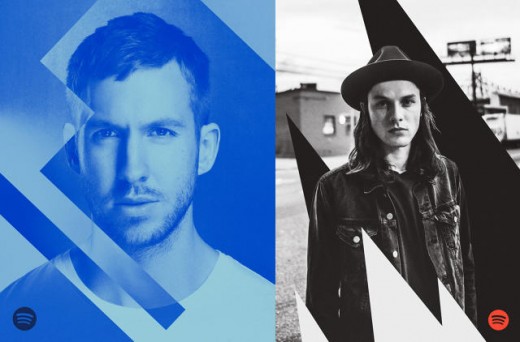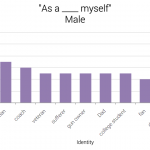Spotify Unveils A bold New model identity
the brand new look indicators an identification shift: “We’re a music model, not a tech company!”
March 12, 2015
For a brand that fronts the sort of vast and eclectic array of tune—a database of some 30 million songs, including the top tunes in Malta, Bulgaria, and Paraguay, amongst others—Spotify’s model identification has at all times been tremendously sedate: black, white, and an uninspiring inexperienced for colours; an off-the-shelf font; and just a little stylized sound wave as a symbol.
That made for a reasonably dismal array of instruments for speaking with the emblem’s 60 million avid lovers.
On Friday, at South via Southwest, all with a purpose to alternate. at some stage in the pageant, Spotify home can be arrayed in a daring and explosively colorful new brand identification, which was once the result of a yr’s value of work, and many trips to the company’s Stockholm headquarters, by means of the brand new York design agency, Collins.
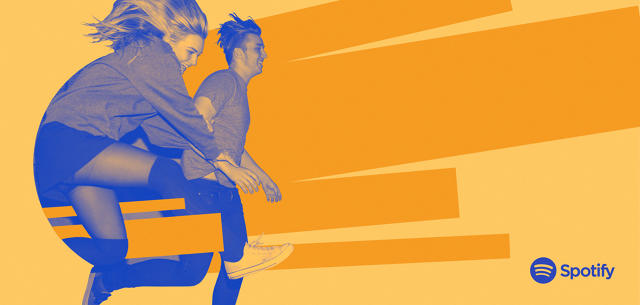
“SXSW shall be first big disclose of the program,” says Leland Maschmeyer, Collins’s founding companion and government inventive director. “We’ll be pulling the sheet off the automobile.”
Spotify’s festival headquarters, located in an old auto body store (901 E. sixth St, if you are making the trek), would be the backdrop for a non-stop parade of latest and iconic acts on more than a few ranges all the way through the space.
Spotify hasn’t elaborated on how much this may increasingly affect the look and feel of the apps themselves, however has made it clear that this is no minor initiative relating to the promotion and advertising and marketing facet.
“for the reason that system is so flexible it may go anyplace Spotify goes from monitors, to print, to environments and interactive experiences,” says Maschmeyer. “We drive tested the system with tiny cellular ads on tiny cellular monitors.”
The goal of the new brand identification was once to create a glance that would signal to the logo’s core target market of millennials that Spotify used to be as wealthy and lively as the song tradition it fronted, reasonably than simply a expertise service that served up songs.
The previous appear, which had advanced over the corporate’s seven 12 months historical past used to be, Maschmeyer says, “a consistent drumbeat during the model. the issue was, it used to be only a drumbeat. When all you might have is white, black, and inexperienced, the brand, and Proxima Nova (font), there’s not a lot to create with.
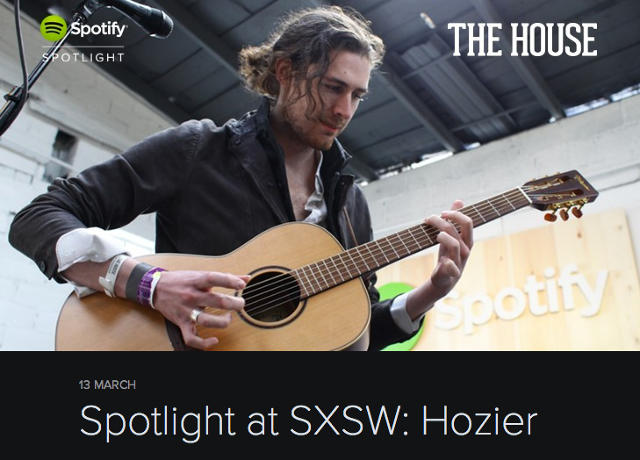
“the large shift in helping the company go from looking like a tech firm to more of an leisure model, used to be giving them the flexibility to communicate in rather more diverse methods,” he says. “We wished one thing that was once wildly numerous, however somehow all the time familiar—and a strategy to balance that rigidity.”
Millennials, says Maschmeyer, share two multiple features that were critical to this venture: they’re highly visual and so they need a hand in co-creation.
“Millennials’ most popular media channel is Instagram, which is pure visuals,” he says. “We knew that no matter we designed had to be identifiable as Spotify’s voice, but will be adopted by using the audience as they listened to it, made their playlists, and went to live shows. we wanted to create a participatory gadget.”
To deliver authenticity, the brand new seem had to channel those millennial values. “loads of corporations are focused on this target audience,” says Alexandra Tanguay, Spotify’s global brand director. “however for us, it’s distinctive. Our founders are millennials, our audience are millennials. We hearken to them, we talk to them, we engage with them for hours daily. the easy language we were using wasn’t shooting the vitality and energy we now have with that target market.”
on the core of the Spotify expertise is a love of music, however the Collins staff wished to push that idea: what occurs when people really join with a tune? When people come to a concert and scream and cry and sing alongside? They found a video on YouTube of a whiny child rocking her carseat to Katy Perry’s “darkish Horse” as suggestion.
“It speaks to a visceral feeling that individuals have when their favourite tune comes on,” says Maschmeyer, because the child jiggled and cooed on the display in Collins’s conference room. “all of it came down to the idea that folks emotionally “burst” after they connect with a music.”
Out of that idea grew a collection of bursting shapes that can sit at the back of content, or in front of it. the original shapes were abstracted variations of the “Play,” “Pause,” and Pause/record” buttons on tune gadgets.
The dreary model palette—with one lone inexperienced as its spot of coloration—was particularly determined for an upgrade. Its origins, says Tanguay, were totally arbitrary. “the colour used to be a call made through our founder (Daniel Ek) about seven years ago for a easy motive: no one else was once the use of that green. over the years, now we have some earned equity with the color, but this green wasn’t modern or recent.”
the brand new Spotify green has a bit more “pop,” says Maschmeyer, and is the principal player in a palette that has grown to nearly three dozen “approved” colors.
one of the trickiest issues for the workforce used to be find out how to deal with photography. considering that Spotify uses photography borrowed from thousands of musical acts, it wanted a approach to model a picture so that it gave the look of one thing from Spotify even though the company’s logo wasn’t plastered on it.
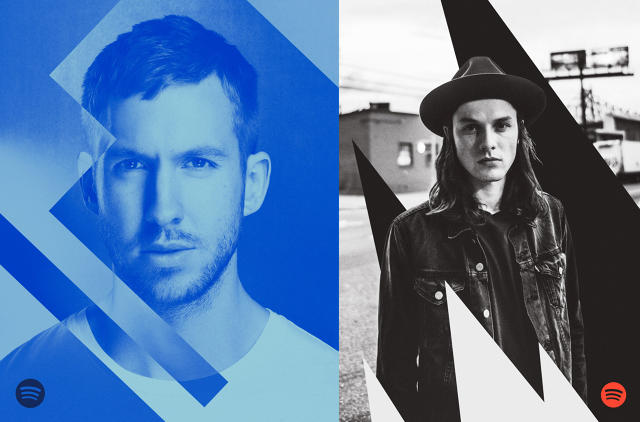
the reply got here from a deep dive into track history, in the duotone pictures from album covers and live performance posters from the Nineteen Sixties. That model originated with bands that had been looking for a low-price range strategy to promote their concerts.
“That aesthetic can be applied to loads of various kinds of photography,” Maschmeyer says. ” So although the photographs were shot in numerous styles, and by way of different photographers, whilst you put them via that filter, they all hang together.”
The duotone appear changed into a lot part of the logo identity, that Brett Renfer, Collins’s director of expertise design, created a software application (subsequently nicknamed, “The Colorizer”) to automate the process—a essential problem for a corporation like Spotify which has designers across 58 markets, from Andorra to Uruguay, all scrambling to brand content with the Spotify seem to be.
“The software robotically duotones photos,” says Maschmeyer. “It attracts from an awfully robust however select colour palette and every picture you output is all the time on model. no longer most effective is it fun, but it addressed any other problem: Spotify has a lot content to course of that to have tool do the heavy lifting was improbable. “
No kidding: Spotify claims to liberate 20,000 new songs each day. Spotify users have created over 1.5 billion playlists.
“Spotify turns into a frame and platform for all of the content material,” says Maschmeyer. ” It’s now not almost about headlines and photography however about all these components working collectively.”
“Our designers have had a blast, given the box they’ve been in for the earlier few years,” says Tanguay.
It’s the kind of shopper that Collins, now impartial from its previous ties to IPG, is delighted to have on its roster.
“We have been so honored to get a chance to work with Spotify,” says Collins’s co-founder Brian Collins. “It’s our ideal: to work with manufacturers that move faster than tradition.”
[All Images: courtesy of Spotify]
fast company , read Full Story
(248)

